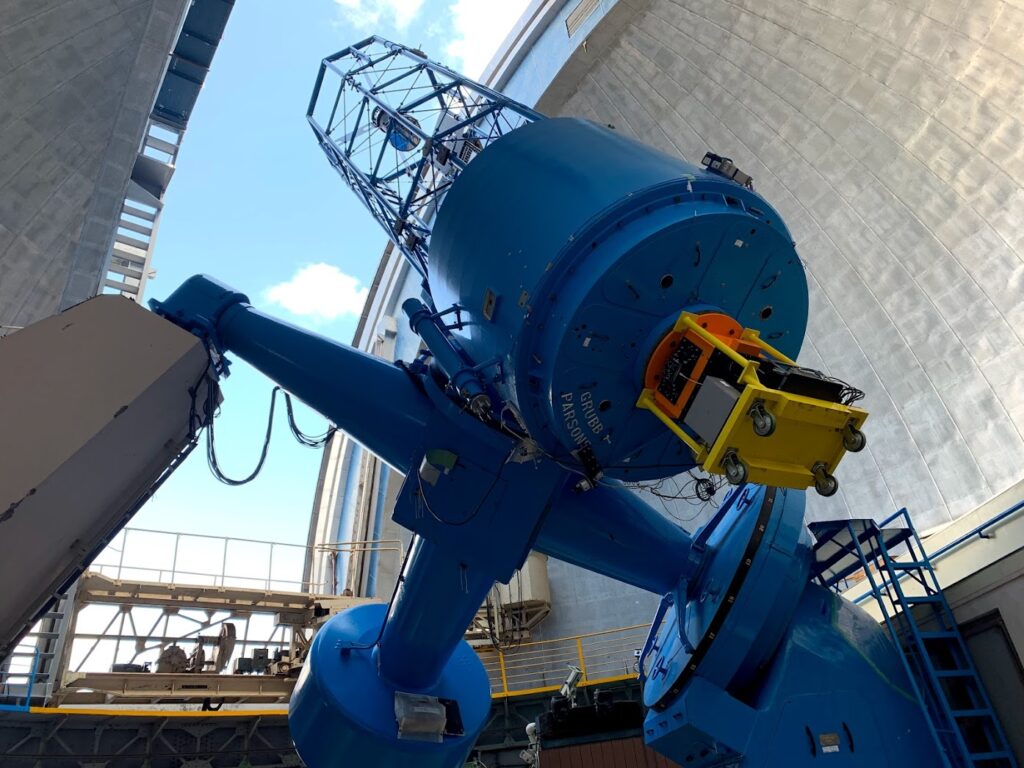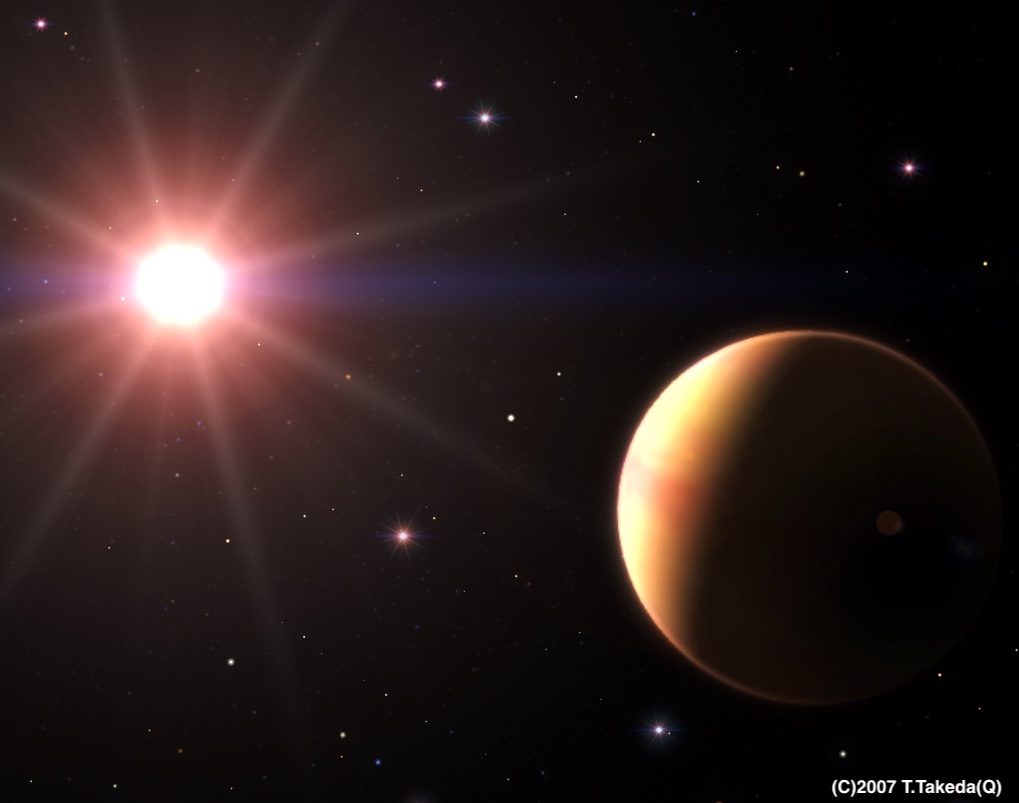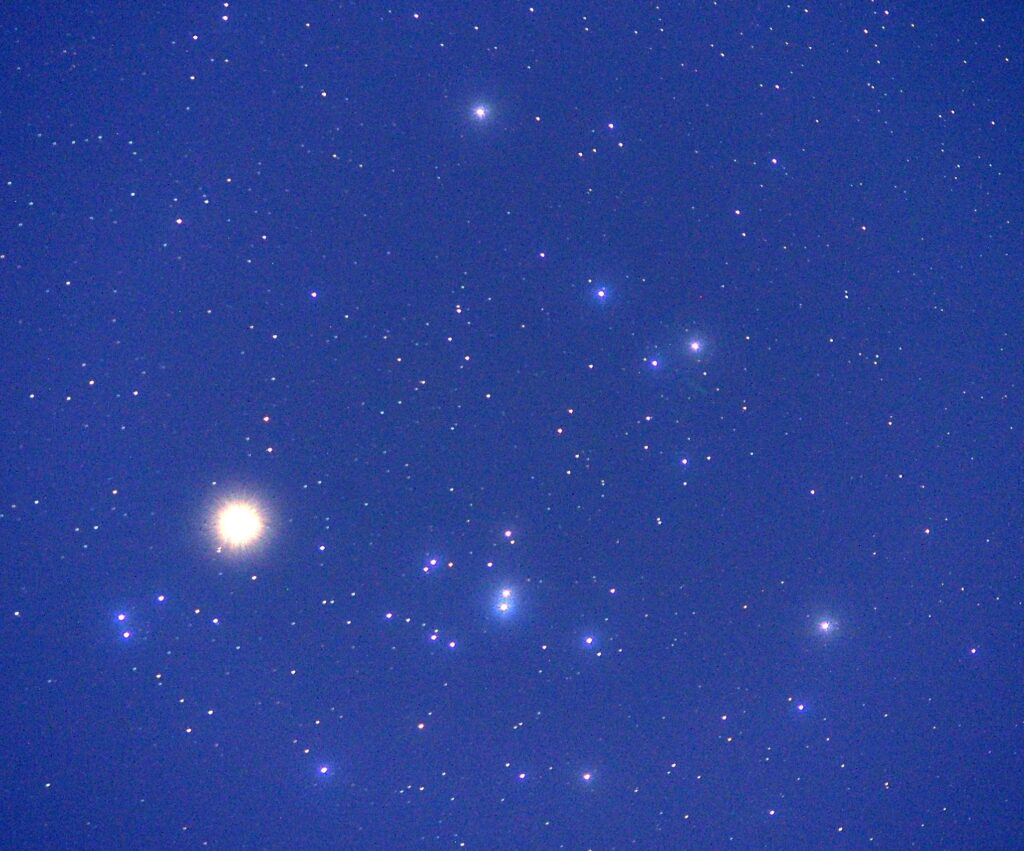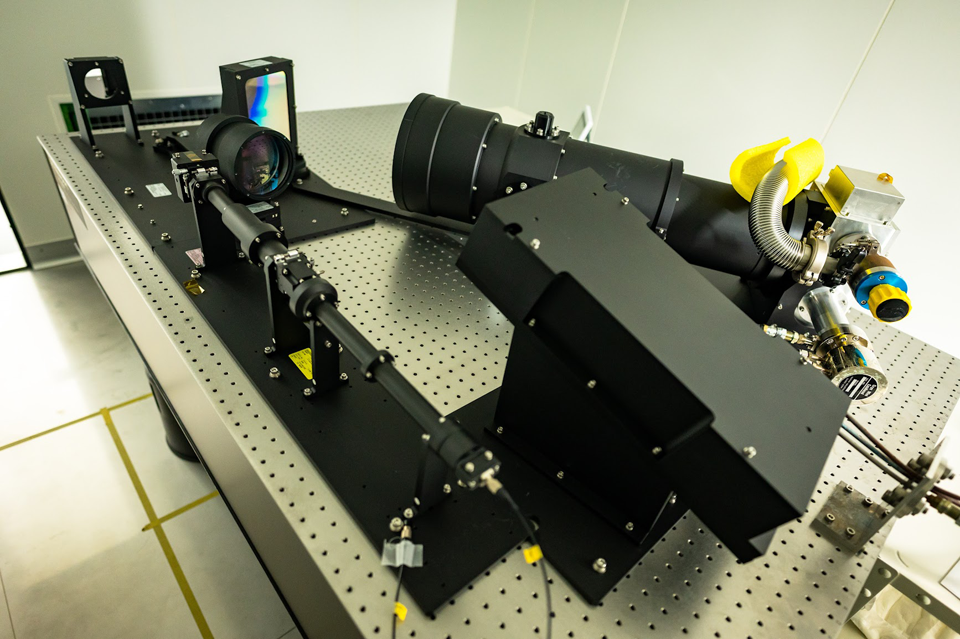Our goal is to discover exoplanets, study their properties, and provide observational insights into the formation and evolution of planetary systems. We are also engaged in the development and improvement of observational instruments and analytical methods.
Searching for exoplanets

Using large telescopes such as the Okayama 188cm telescope, the Seimei 3.8m telescope, and the Subaru 8.2m telescope, we search for planets orbiting various types of stars. Currently, we are searching for planets in giant stars, solar-type stars, M-type stars, and stars belonging to open clusters. In particular, planet searches for giant stars have been conducted since 2001 using the Okayama 188cm telescope, and 50 exoplanets have been discovered so far. This is one of the longest exoplanet search projects for giant stars in the world. While mainly using the radial velocity method for exoplanet discovery, the project also aims to discover various exoplanets by combining the transit method, direct imaging method, astrometry, and other methods.
Characterizing exoplanets
We study the atmospheres and orbital properties of discovered exoplanets and use this information to understand the history of planetary formation and evolution. We will study the atmospheres of hot Jupiters using the absorption of light from the central star by the atmosphere of an exoplanet in transit (transmission spectroscopy), and inclination of the planetary orbit via the apparent change in the radial velocity of the central star caused by the transit planet obscuring different parts of the surface of the central star during its rotation (the Rossiter-Mclaughlin effect).

Studying planet host stars

In order to determine what kind of planets form around what kind of stars, we must know not only the properties of the planets, but also the properties of the central star. Recent advances in asteroseismology have made it possible to accurately estimate the mass and radius of a star from the tiny oscillations observed on its surface. In addition, it is known that the amount of heavy elements in a star correlates with the frequency of giant planets, providing a clue to the mechanism of planet formation. Furthermore, magnetic active phenomena such as sunspots and flares seen in many stars including the Sun are closely related to the evolution of surrounding planets.
Developing instruments and tools
Many of the observations described above are made using a high-dispersion spectrograph. A high-dispersion spectrograph is an instrument that can finely resolve light from celestial objects into tens of thousands of colors (wavelengths) or more. By precisely measuring the intensity of light at each wavelength and its variation, the composition of elements in the stellar atmosphere and the velocity of motion in the line of sight (radial velocity) of the star can be investigated. We mainly use HIDES on the Okayama 188cm telescope, GAOES-RV on the Seimei 3.8m telescope, and HDS and IRD on the Subaru telescope. All of these spectrographs are capable of searching for exoplanets using the radial velocity method, and all of them have measurement precisions of 2 m/s or better. We are also working on the development and improvement of these instruments and measurement methods.
